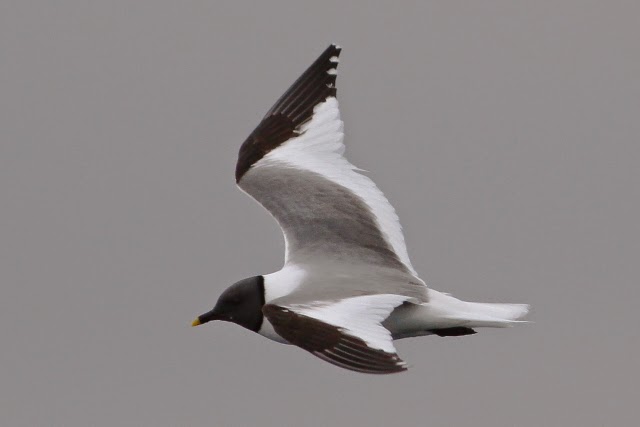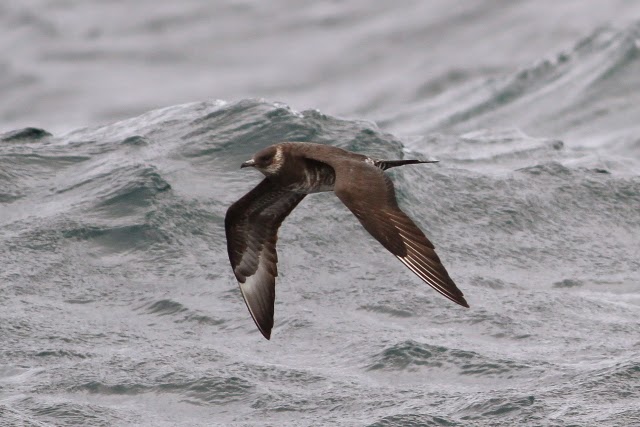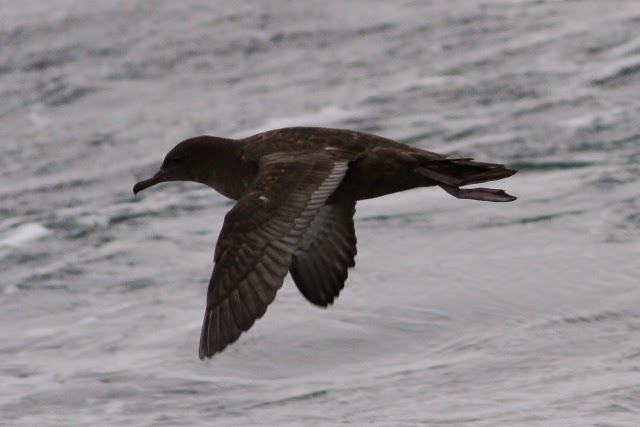'
Patchline is a new, confidential, freephone service for patches which are being systematically neglected by their guardians. Ordinary members of the public can also phone
Patchline if they suspect birders of neglecting their patch'.
 |
| Juvenile Bearded Tits at Swineham |
If such a thing really existed, Swineham would surely have been on the blower complaining of its recent treatment at my hands. It's been weeks, possibly months, since I paid a visit, more down to lack of opportunity than lack of interest, though interest has, in truth, been hard to summon up over the summer.
 |
| 5 of 6 birds present |
Anyway, I tried to mend fences with a brief visit yesterday morning, the main reward for which was an encounter with a party of Bearded Tits. Fatherly duties then intervened in the form of Wareham Rangers U-12s first game of the 2014-15 season against local rivals Winfrith. In my mind, I had been dreading the onset of the football season, with its Saturday training sessions and Sunday matches threatening to extinguish the tiny flame of hope that I might ever get any birding done again, what with work being all busy and that.
 |
| Cobwebs at Swineham: a metaphor for my recent relationship with it |
As if to compound this fear, no sooner had we parked up at the ground than the phone rang with news from
Steve Smith that he had discovered a Great White Egret at Middlebere. Embarrassingly, this would be a Dorset tick for me. Completely unconnected to this fact, I decided that 11 was a sufficiently mature age for a kid to play a game of football without needing his Dad to provide moral support from the touchline. Half an hour later I was jogging up to the Harrier Hide to add the Great White Egret to my county list.
 |
| Great White Egret at Middlebere - surprisingly difficult to catch up with in Dorset given that there have been semi-resident birds in Hampshire and breeding birds in Somerset. And they rarely stick around here. |
I speculated in a
previous post about what would happen should news of a local rarity break mid-match now that Jol Mitchell, Wareham Rangers U-12 team secretary, and his son
Joe, Wareham Rangers U-12 star player, and me are all trying to build our Dorset lists. Would the Dads ditch the boys? Would the boys ditch the team? Well now we know: I would ditch everyone else.
 |
| Reed Warbler, Swineham |
It wasn't all about me though: I had my youngest son in tow, and he made me feel better by saying that a smash and grab twitch with Dad was slightly less boring than watching George play football, both being preferable to helping Mum at the allotment in his triangulated list of least worst ways for a 7 year old to spend the day. This provided some
post hoc justification for the excursion.
 |
| Migrant Hawkers, Swineham |
Anyway, as it was just down the road we were back for the second half in time to watch Winfrith's playmaker lash two blinding volleys past Wareham's defence. There was a happy ending after the match though as both Mitchells connected with the Egret, thus reducing the risk of any smouldering resentment at my earlier antics.
 |
| Tree Pipit, Swineham |
So, perhaps the football season shouldn't hold so much fear after all, and maybe, just maybe, I can still carve out enough time to dissuade Swineham from making that call. Maybe.










%2BCairngorm%2C%2BHighland.JPG)























































